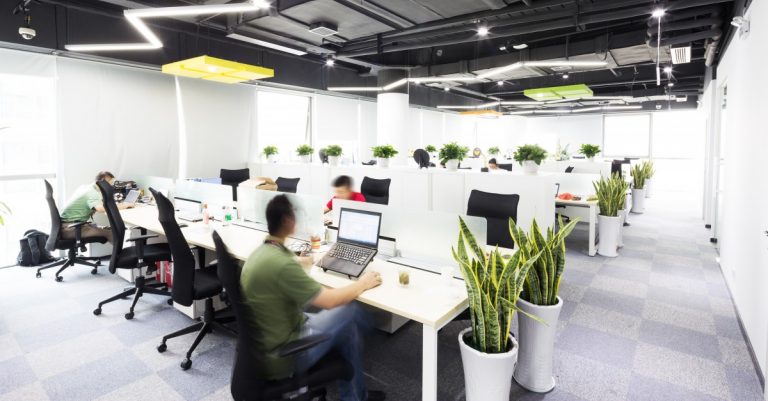
Digital disruption is hitting Asia Pacific’s workplace hard, making it more difficult for employers to attract and retain the talent they need, two new surveys by Willis Towers Watson (WLTW) show.
As rapid tech growth unravels the traditional work landscape, companies are forced to adapt, but it is proving harder than they thought, according to WLTW’s 2016 Global Talent Management and Rewards Survey.
“Many of today’s most sought-after specialties, such as cloud computing and mobile app
design, did not exist a decade ago,” said Maggy Fang, the Talent and Rewards managing director for the global advisory, broking and solutions company.
“This disruption is causing a skilled worker deficit in STEM (science, technology, engineering and mathematics) fields and a surplus of low-skilled workers in others, such as administration and manufacturing.”

Source: WLTW
More than 60 percent of employers are having trouble attracting critical-skill employees (63 percent), top performers (73 percent) and high-potential employees (72 percent). Six out of 10 are finding it hard to retain their current workforces, too.
Mind the employer-employee gap

Source: WLTW
Asian employers know pay matters to employees, but are placing too much weight on their organisation’s reputation, or their mission and values, WLTW’s second survey, the Global Workforce Study found.
What employees are instead looking for is more tangible in nature, such as the physical work environment and healthcare benefits. When planning to stay or leave, employees ranked the physical workspace highly, but this factor tends to slip past the employers’ concerns.
“We know from our research employees are looking to work for organisations that offer fair pay, career advancement opportunities and job security.
“While Asian employers generally understand these priorities, their views diverge from those of employees in a few key areas,” said Lesley Brown of WLTW’s Regional Practice Leader for Employee Insights.
“As digitisation disrupts the workforce, it’s more crucial than ever for employers to understand the factors that successfully attract, retain and engage their top talent,” Brown said.
Out of sync

Source: WLTW
The Global Workforce Study also found only a little more than one-third (39 percent) of employees are highly engaged with their jobs. A quarter, on the other hand, is out of sync. In comparison, Aon Hewitt’s recent survey measured global employee engagement rate at 63 percent.
“In addition to attracting and retaining talented employees, employers need to focus on
engaging employees in order to achieve better business results,” Fang said.

Source: WLTW
Effective supervisors and managers can result in more driven workers, but the survey found only 65 percent of Asia Pacific employees said their immediate manager/supervisor treats them with respect. And only slightly more than half think their managers are good at developing talent or communicate goals and objectives clearly.
“Leadership, including the role played by supervisors, managers and senior executives, plays a critical role in driving engagement among employees,” Fang said.
WLTW’s 2016 Global Talent Management and Rewards Survey assesses more than 2,000 companies of various industries across the globe. The Global Workforce Study covered more than 31,000 employees picked from research panels representing full-time employees in large and midsize organisations in 29 markets globally.
Liked this? Then you’ll love these…
IB Career-related Programme gives head start in university and work – study
VIDEO: Graduating soon? 4 tips to prep you for the working world







